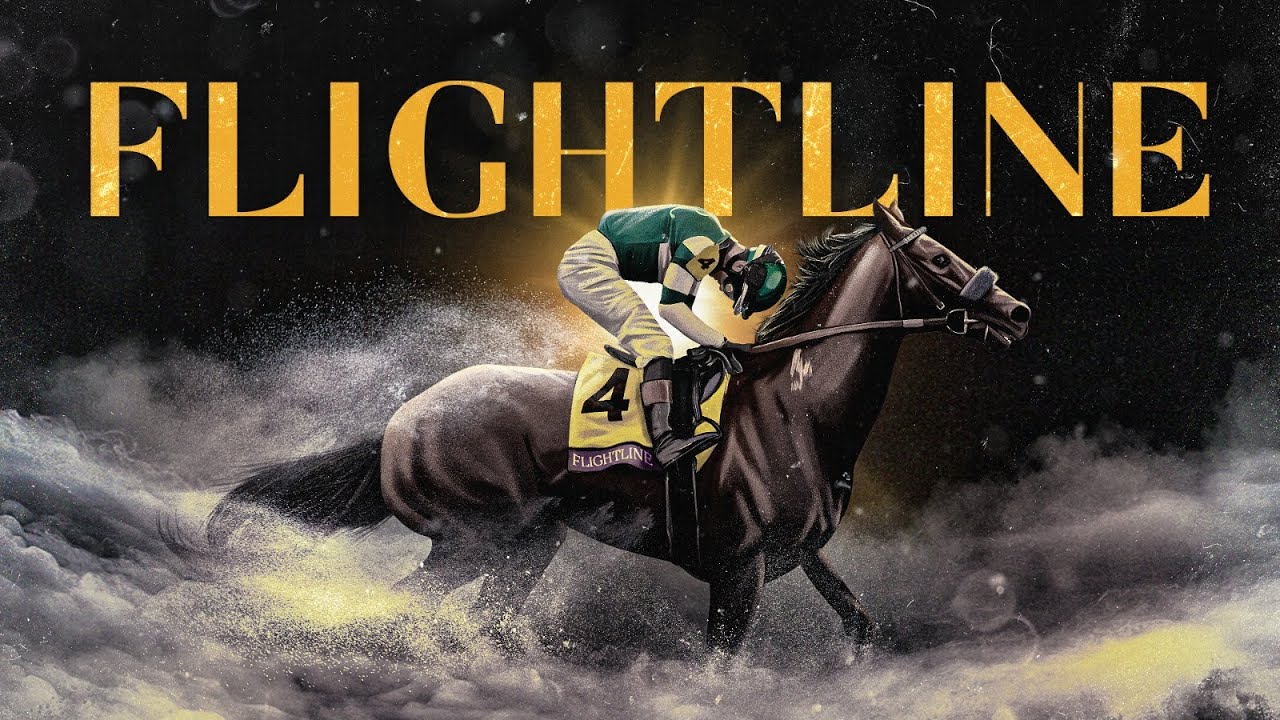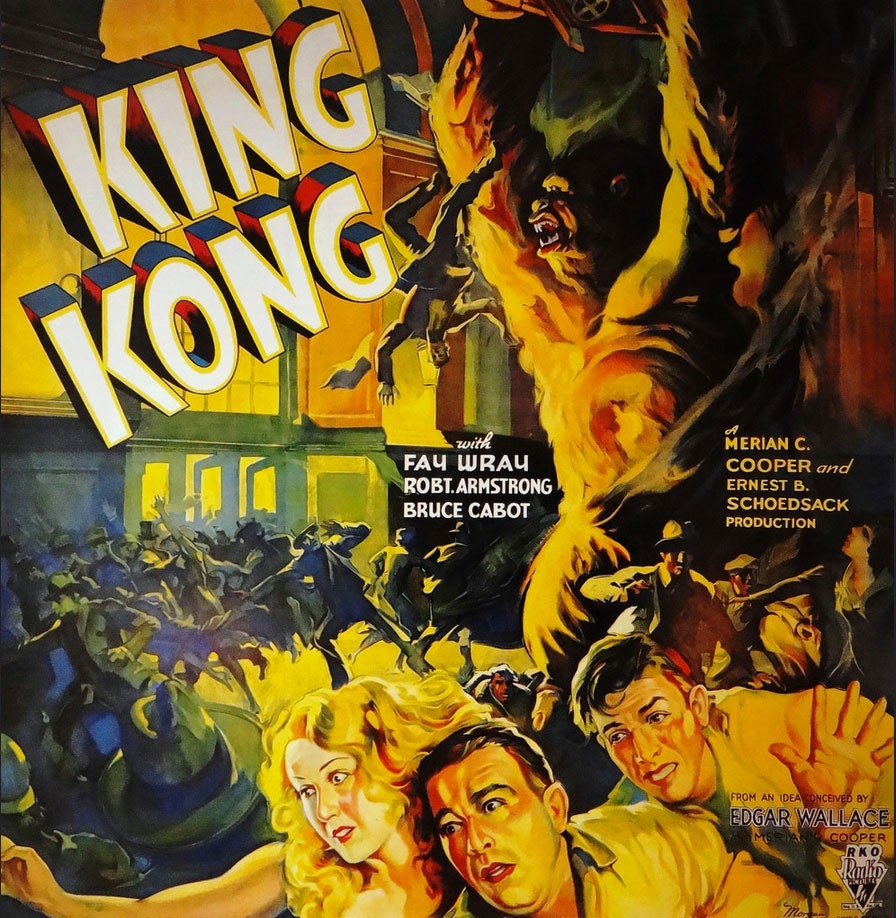Temples vs. Cinematic Creativity: The Kerala High Court Ruling
The recent ruling by the Kerala High Court has stirred up discussions around the boundaries of cultural sanctity and the film industry’s penchant for capturing diverse narratives. The case revolved around the filming of the movie “Vishesham” at the Tripunithura Sree Poornathrayeesa temple, leading to a significant legal decision asserting that temples are primarily places of worship, not film sets.
.jpg?$p=d01fee8&f=16x10&w=852&q=0.8)
The Kerala High Court asserts temples are sacred spaces.
The Legal Backdrop
The petition against filming in the temple was brought forth by local residents Dilip Menon and Ganga Vijayan, raising alarms about the increasing commercialization of sacred sites. During the hearing, Justices Anil K. Narendran and P.G. Ajithkumar scrutinized the permissions granted to the film crew under the oversight of the Cochin Devaswom Board. The court’s inquiry was aimed at understanding the implications of allowing film shoots in religious spaces, raising questions not just about legality but also about ethics and community values.
Cultural Context and Implications
The filming incident gained media traction as it involved a crew comprising non-Hindu members, leading to apprehensions among locals regarding the potential for disrespect and misuse of religious sites. Beyond practical concerns—such as the reported behavior of crew members and visitors—lies a deep-rooted cultural fear regarding the erosion of sanctity in places meant for solemn worship. The ruling has underscored an essential bifurcation between media expressions and religious sanctity, urging the film industry to reconsider its approach to storytelling, especially when it involves sacred spaces.
A Documentary Experiment:
“Piece by Piece” on Pharrell Williams
In a different realm of creativity, the documentary “Piece by Piece” takes an innovative approach by using Lego to depict the life and artistic journey of Pharrell Williams. Directed by Morgan Neville, this biopic meshes whimsy with profound insights, celebrating an artist known for his diverse contributions to music and fashion.

A surreal representation of Pharrell Williams.
The film presents a unique narrative style reminiscent of a child’s toy, using Lego figures to convey significant milestones—from his childhood in Virginia Beach to his meteoric rise in the music industry. What appears to be a mere novelty carries weighty impressions of Williams’s approach to creativity, making connections that bridge the art world and personal anecdotes into a palatable form.
The Artistry of Animation
Lego as a storytelling medium may seem limiting due to its stark visual constraints; however, the makers of “Piece by Piece” elevate it into an artistic canvas. Amidst vibrant recreations of pivotal moments, audiences witness the intricacies of Williams’s journey, his collaborations with notable figures, and the textured narratives that contribute to his legendary status in music. With a blend of documentary-style interviews, the film crafts a playful yet poignant exploration of who Pharrell truly is, counterbalanced by the seriousness expected from a traditional biopic.
“What if nothing is real? What if life is like a Lego set?” - Pharrell Williams
Through a kaleidoscope of color and imagination, Williams’s synesthesia is visually rendered, allowing viewers to grasp the magnitude of his artistic vision and the interplay of sight and sound that defines his career. The whimsical depiction of serious themes encourages viewers to acknowledge the layers beneath the surface—and celebrates the emotional complexities of being an artist in today’s world.
Closing Thoughts: Navigating Boundaries of Creation
The contrasting narratives from the Kerala High Court ruling and Williams’s Lego documentary invite us into a broader conversation about the boundaries of artistic expression. On one hand, the protection of sacred spaces reflects a principled stand on cultural respect; on the other, the creative liberties taken in “Piece by Piece” challenge conventional storytelling methods in ways that resonate with new audiences. Both scenarios compoundedly reflect our societal values and allow us to ask: where should we draw the line between creativity and respect?
In an age where the arts continuously evolve and redefine themselves, this dialogue will prove vital for filmmakers, artists, and audiences alike. As we navigate these boundaries, the focus must remain on mutual respect, as both sacred traditions and artistic interpretations hold a place in our collective narrative.
For further reading and insights into the evolving film landscape, consider exploring related articles here.
Image credits to their respective sources.


 Photo by
Photo by 












